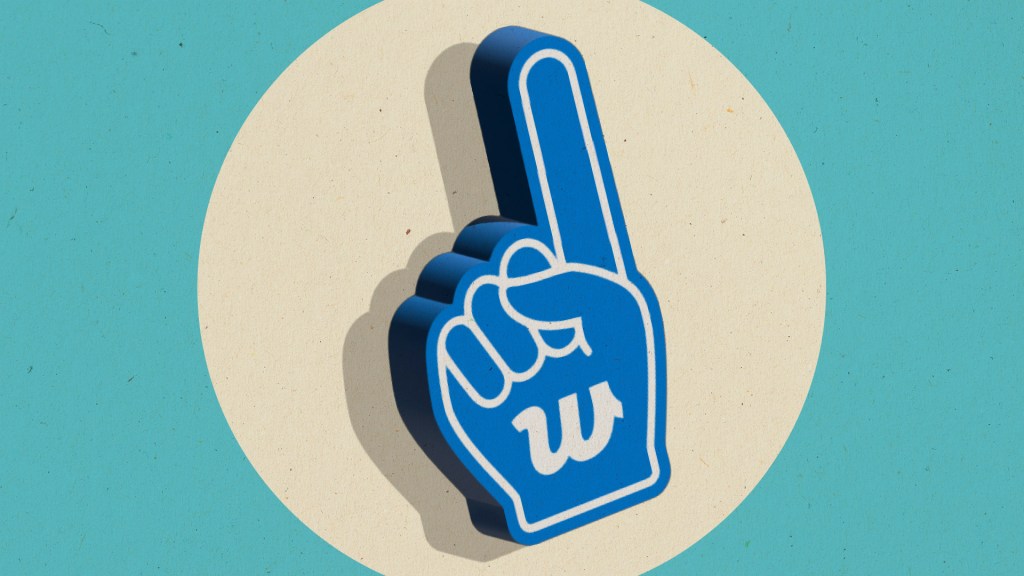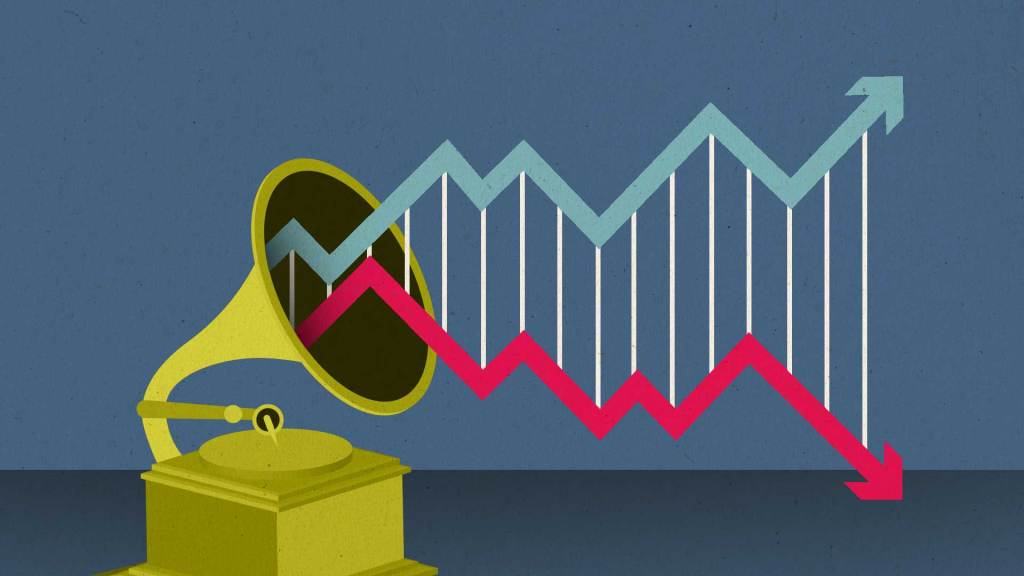How Music Superfan App Weverse May Be the Key to ‘Streaming 2.0’
In this article
K-pop is a genre known in equal measure for its meticulously crafted, world-conquering artists and the intensely fervid fans said artists inspire. It therefore makes sense that Weverse, an originally K-pop-focused social media app made by South Korean music juggernaut HYBE Corp., caught on with audiences ready and willing to pay for direct contact with the artists they love.
It also makes sense, then, that Weverse is shaping up to be a key ingredient in Universal Music Group’s mission to capitalize on “superfans” of all genres as part of its lofty vision for the industry.
Launched in 2019, Weverse, in a similar vein to Discord or Patreon, set out to connect musical artists with their most dedicated fans, build a community around their shared fandom and inspire followers to buy things. The Weverse app is the official fan destination for K-pop idols BTS and Tomorrow X Together (HYBE-associated artists), but as of last year it has expanded to include the likes of pop superstars Ariana Grande, Dua Lipa and Megan Thee Stallion in its roster (UMG-associated artists).
Following an artist on Weverse gives you access to exclusive posts, stories, videos and even personal DMs from that artist. Fans can shop for exclusive merchandise, gain early access to shows and virtually attend official Weverse concert livestreams. (For context, BTS’ 2022 farewell-for-now “Yet to Come” concert in Busan drew 49 million app users.)
The app is free to use, but a number of the perks require subscribing to an artist, which is usually around $24 per year. For two to four dollars more per month, fans can gain a “digital membership” for even more benefits — in other words, a premium tier geared toward the most dedicated fans.
The overall Weverse experience feels more personal and focused than your typical social media app, where one would have to dig through a sea of algorithmic content before maybe finding a post from a favorite artist.
HYBE believes it’s an experience for which fans beyond K-pop would be willing to pay, and Weverse’s latest year-end report highlights the potential to do just that. Along with several UMG acts joining the app, Weverse hit 150 million cumulative downloads and saw double-digit year-over-year growth in several international markets, including a 16% gain in the U.S.
While the report didn’t touch on active users, Music Business Worldwide found that Weverse had 9.7 million as of Q3 2024, per HYBE financial statements. That’s below the 10.6 million all-time peak it hit in 2023 but still an over-106% increase compared with the 4.7 million active users in Q3 2020 — and that overall upward momentum continues.
These figures may not come close to the major social media platforms, but it’s worth noting that overall user engagement also rose by 32% in 2024 from the previous year, with Weverse users posting more than 370 million times. While growth is still important, engagement is arguably the more important metric for a superfan platform like Weverse, anyway, as, for instance, the app isn’t targeting every single Jungkook fan, just the ones who would pay money to DM him.
UMG, which cited access to Weverse for its artists as the key benefit of the “global alliance” with HYBE announced in March 2024, certainly believes in the untapped monetary potential of superfans. That is one of the core tenets of its “Streaming 2.0” vision, an ambitious plan to rework the way artists and labels make money from streaming.
Along with establishing strong protections against AI and better royalty payout structures for artists — the two driving forces behind the company’s so-called “artist-centric” deals with Meta, YouTube, TikTok and most recently Spotify — Streaming 2.0 aims to shift the industry’s focus from consumer growth to tailoring experiences around specific audience segments and diversifying monetization opportunities.
Or in non-business-speak terms, UMG wants to restore the value music lost in a post-MP3, post-Napster, post-Spotify age. People used to spend $10 per album; now they pay about that amount for all music that’s ever been recorded — if they pay anything at all.
A key piece of the puzzle, UMG argues, is the currently underutilized buying power of superfans, who are willing and able to financially support their favorite artists if given the chance. And wouldn’t you know it, a platform like Weverse gives them that very opportunity.
The idea might sound implausible as both live music and streaming get pricier every year. But data from Luminate’s Music 360 U.S. survey confirms that engagement among superfans (defined as those who interacted with an artist and their work in five or more ways) remains high regardless of whether money is involved. Some 61% of those calling themselves superfans, for instance, reported both buying digital music and posting about an artist on social media in the past 12 months (versus 24% and 21%, respectively, of the total average).
Interestingly, some of the biggest gaps between superfans and Luminate’s total survey pool were in the categories of signing up for artist newsletters, purchasing physical merch and interacting with an artist online — all key components of a platform like Weverse. And while superfans made up only around 17% of total U.S. music listeners surveyed, they outspend non-superfans on music activities across the board.
Clearly, HYBE and UMG are onto something by using Weverse to reach superfans. And UMG isn’t stopping at social media in its efforts to harness superfandom: Its latest licensing deal with Spotify has potentially opened the door for a “super-premium” subscription tier geared toward those looking for even more perks.
Time will tell if Streaming 2.0 takes off with the rest of the industry, but in the meantime, music superfans will soon have a lot of monetary ways to express their fandom.









